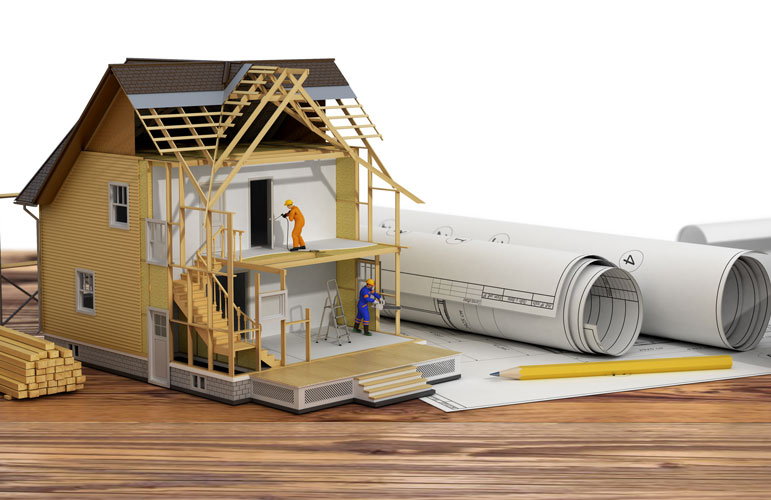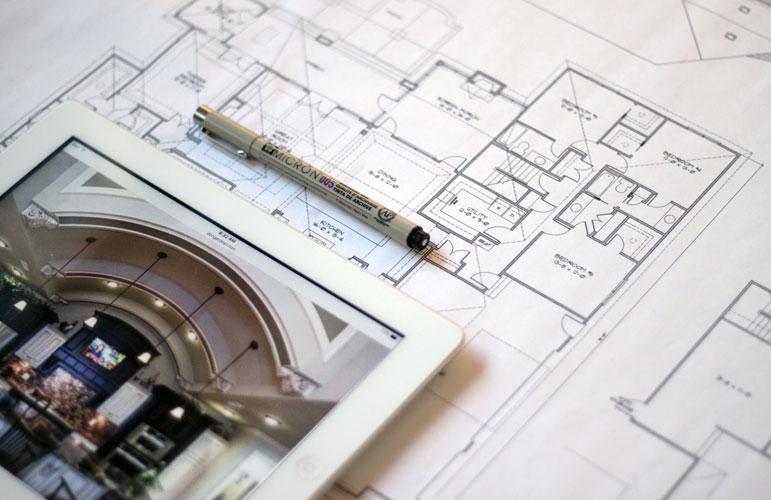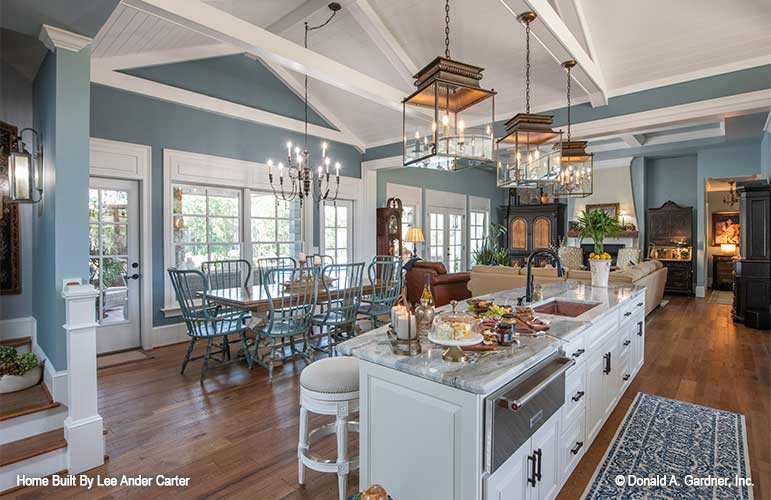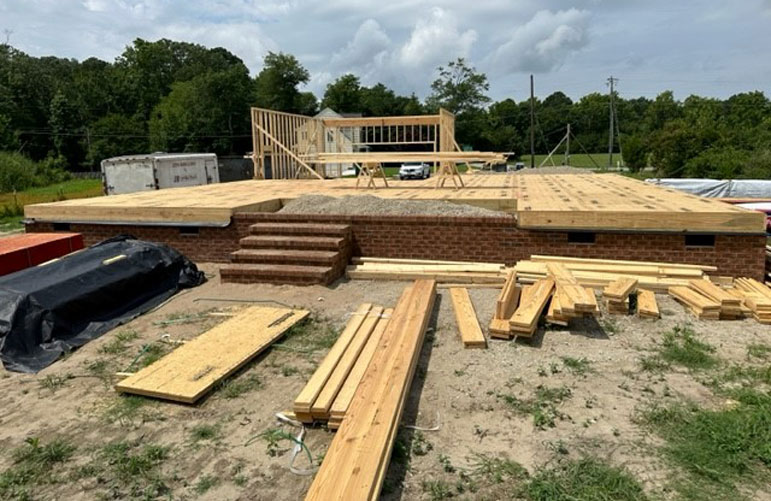
Reading house plans is a crucial skill when you’re involved in the process of building or renovating a home. House plans, also known as blueprints or floor plans, are detailed drawings that represent the layout and design of a building. It may seem complex at first, but focusing on individual components can make the learning process more manageable. Here’s a step-by-step guide to help you read house plans:
Understand the Scale: House plans are typically drawn to scale, meaning that the dimensions on the plan represent real measurements. Common scales include 1/4 inch = 1 foot or 1/8 inch = 1 foot. Check the scale indicated on the plan’s title block or footer notes to understand the relationship between the plan and actual measurements.
Review the Title Block: The title block contains important information such as the project name, address, architect’s name, scale, and the date of creation. Make sure to read this section to understand the context of the plan.

Study the Floor Plans: Start by examining the floor plans, which show the layout of each level of the house. Identify rooms, walls, doors, windows, and other architectural features. Pay attention to room dimensions, indicated by measurements between walls.
Understand Symbols and Annotations: House plans use symbols and annotations to represent various elements such as doors, windows, and fixtures. Refer to the plan’s legend or key to understand what each symbol represents.

Consider Flow and Functionality: Visualize how you would move through the house based on the floor plan layout. Consider the functionality of spaces and how they connect to each other. Note the location of important features such as the kitchen, bathrooms, and bedrooms.
Examine Exterior Elevations: Elevations provide a view of the house from different sides (front, back, sides). They show exterior features, such as windows, doors, rooflines, and materials. Elevations give you an idea of what the house will look like from the outside.
Review Sections: Sections are vertical slices through the house, showing details of the construction and how different parts relate to each other. They provide a deeper understanding of the building’s structure, including wall thickness, ceiling heights, and roof pitches.
Check for Details: Interior elevations are detailed drawings of specific elements such as fireplaces, built-in cabinetry, or decorative features. These details help builders understand how to construct these features accurately.

Study the Structural Plans: These plans show the structural elements of the house, such as beams, piers, roofing, foundation, and framing. They’re crucial for ensuring the house is safe and structurally sound.
Consult Additional Plans: Specific to your lot and special circumstances, your builder or local architect will be able to provide you with a site plan and additional plans for electrical, plumbing, HVAC, and landscaping. The site plan shows the entire property and the location of the house on it. It includes property lines, driveways, landscaping, and utilities like water and sewer lines.
Ask for Clarification: If you encounter anything you don’t understand or need clarification on, don’t hesitate to ask the architect, builder, or another knowledgeable professional for assistance.
By following these steps and taking your time to review each aspect of the house plans, you can develop a clear understanding of the proposed design and its various components. To see particularly what is included in a Don Gardner house plan, please refer to our House Plan Set Details guide. If you have questions about a specific plan, contact us for assistance.





